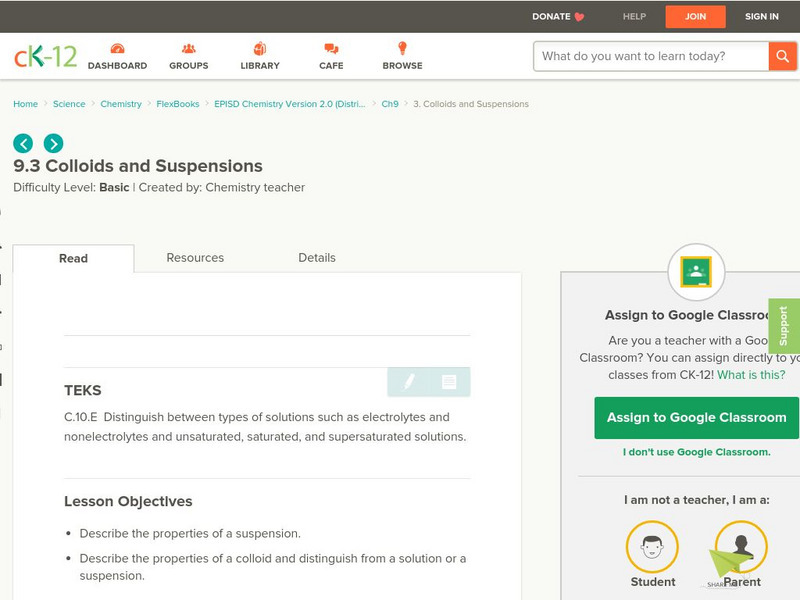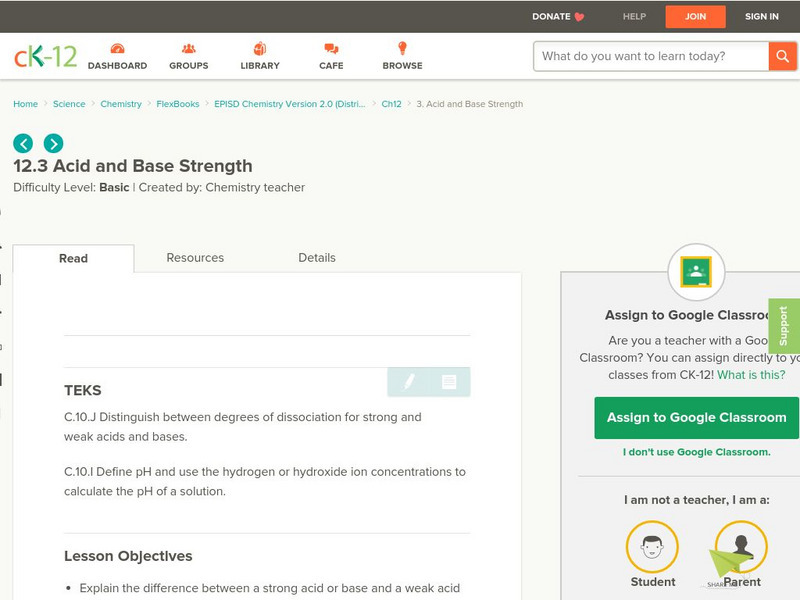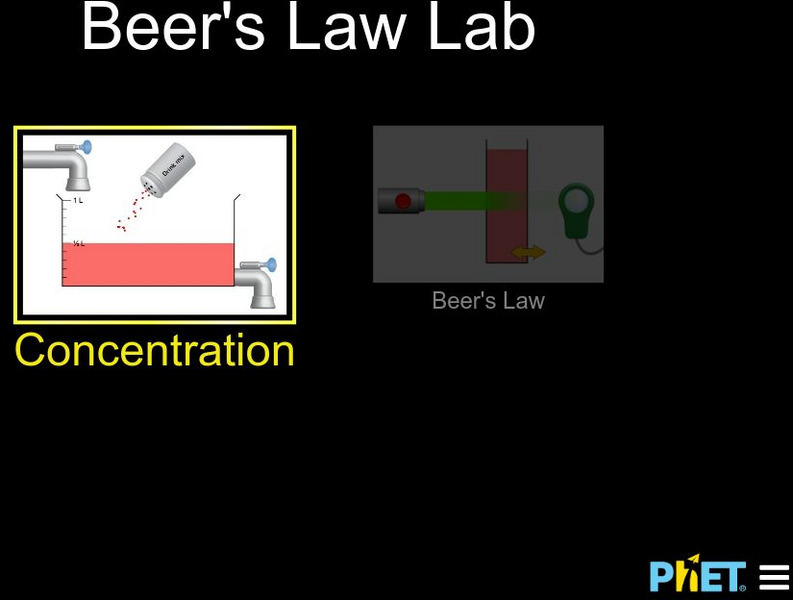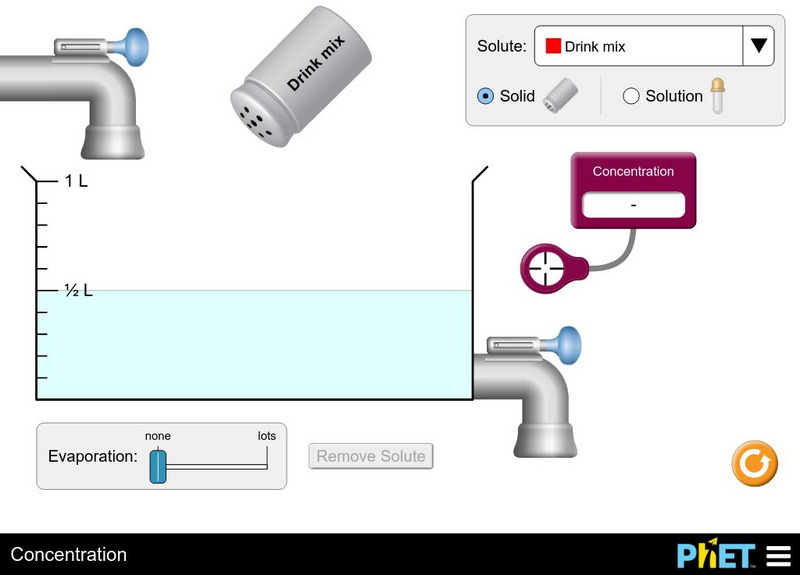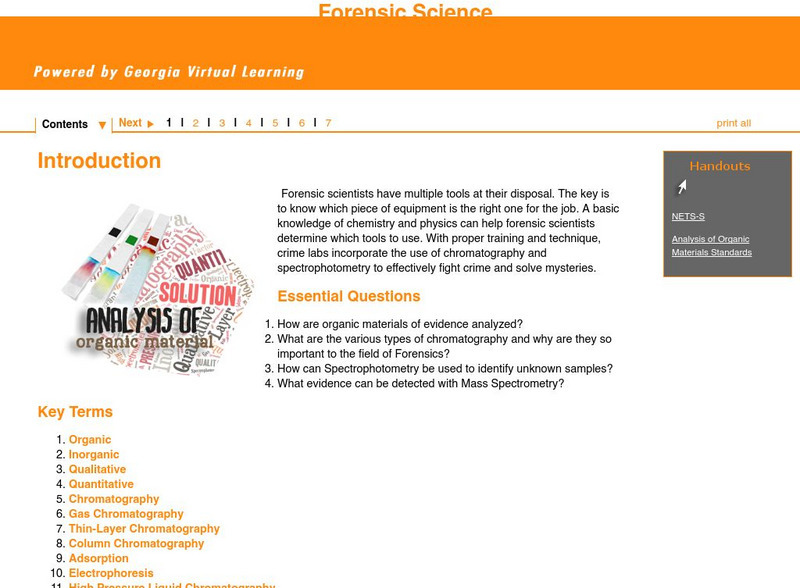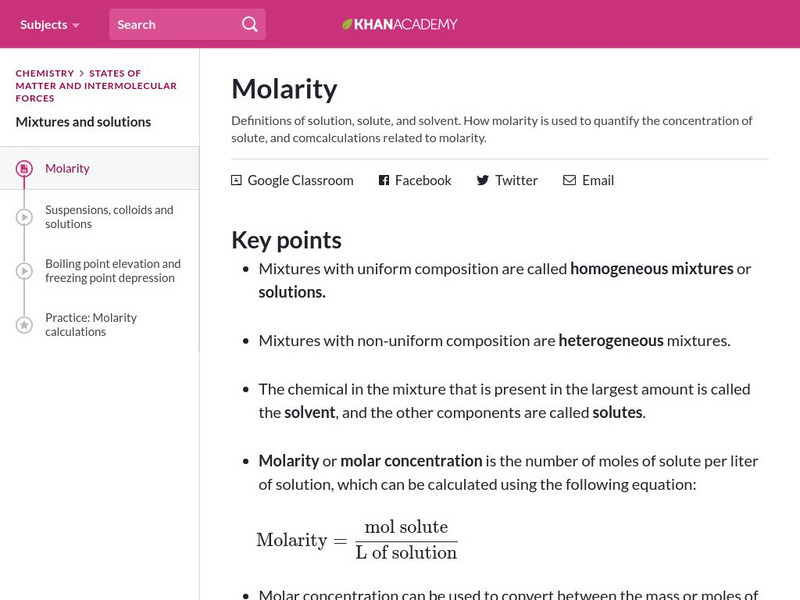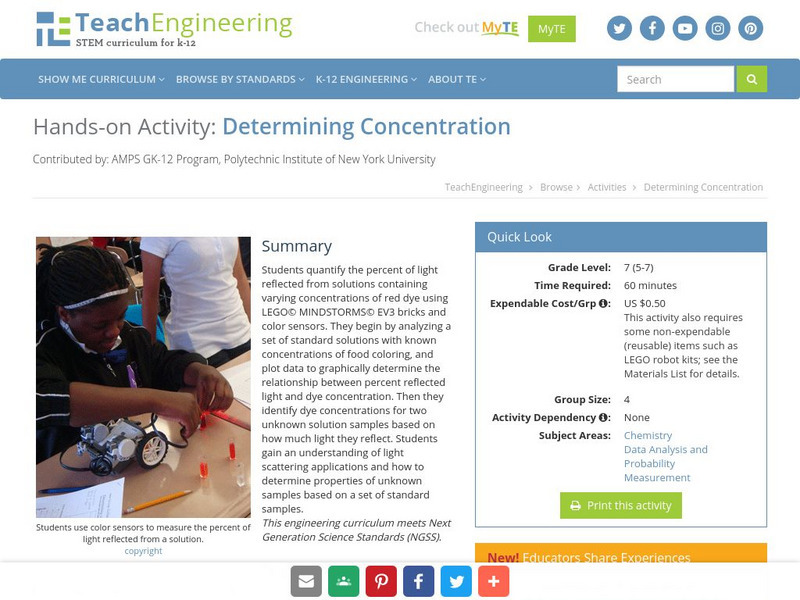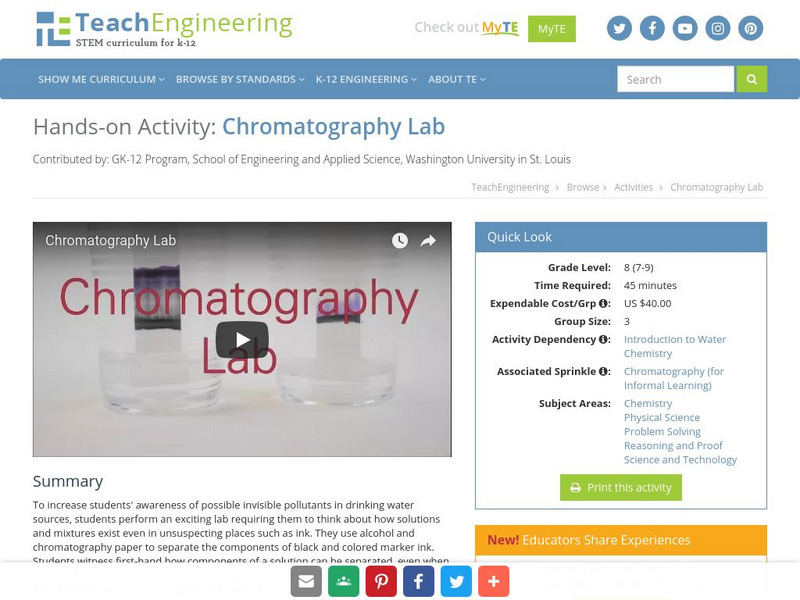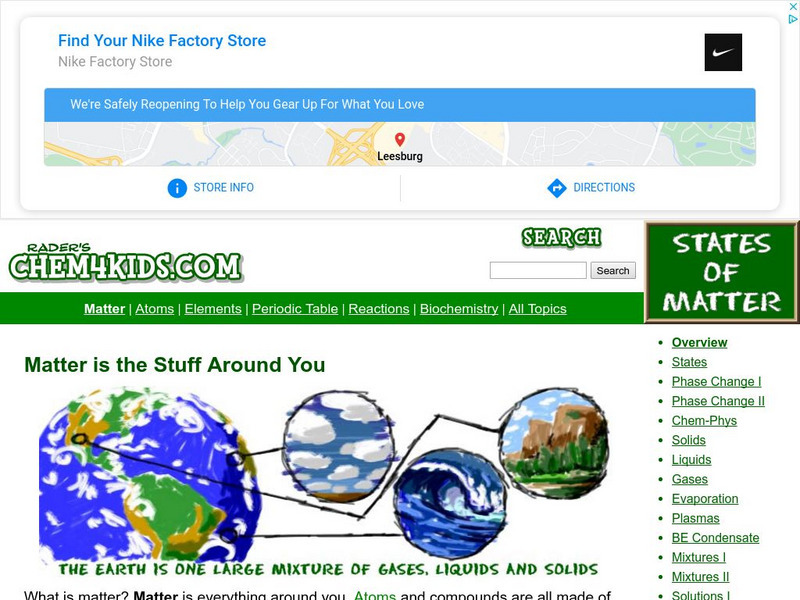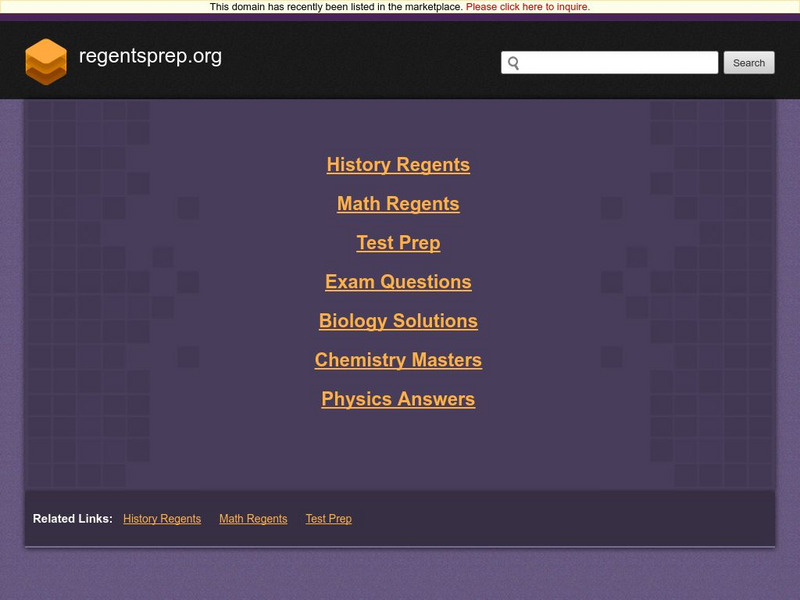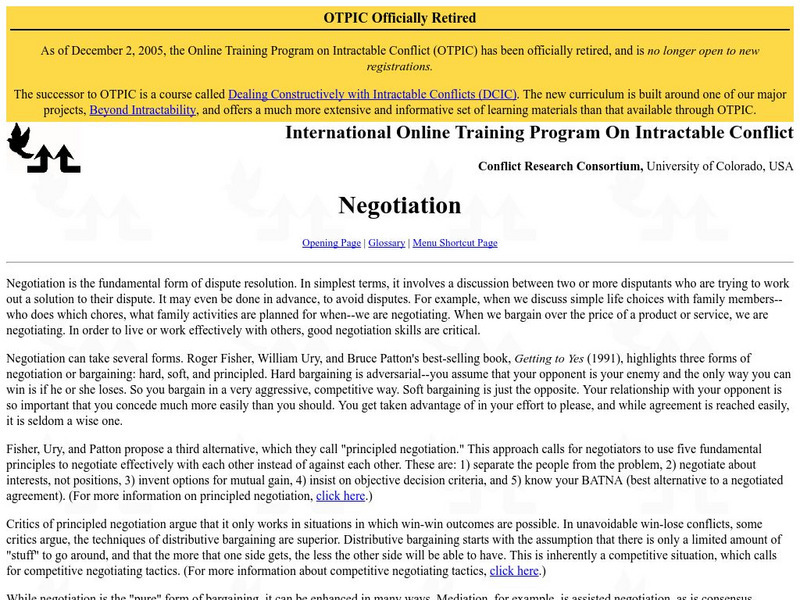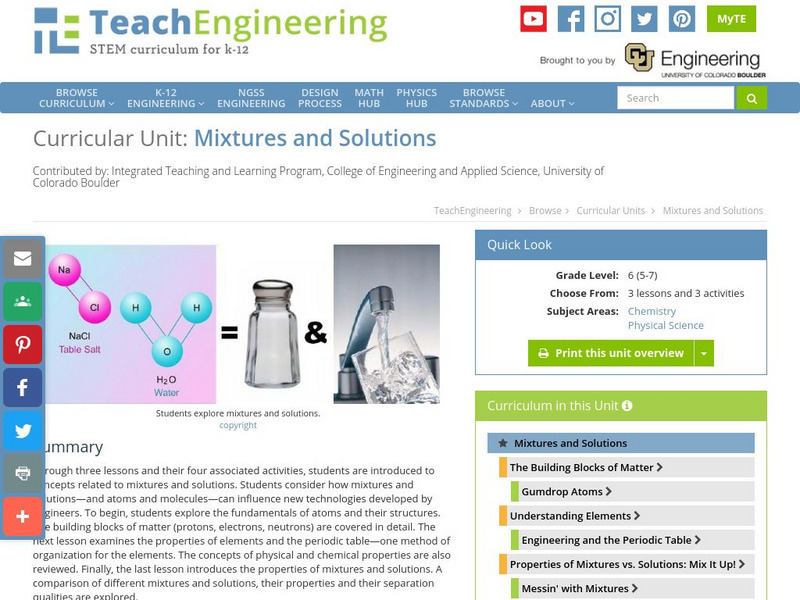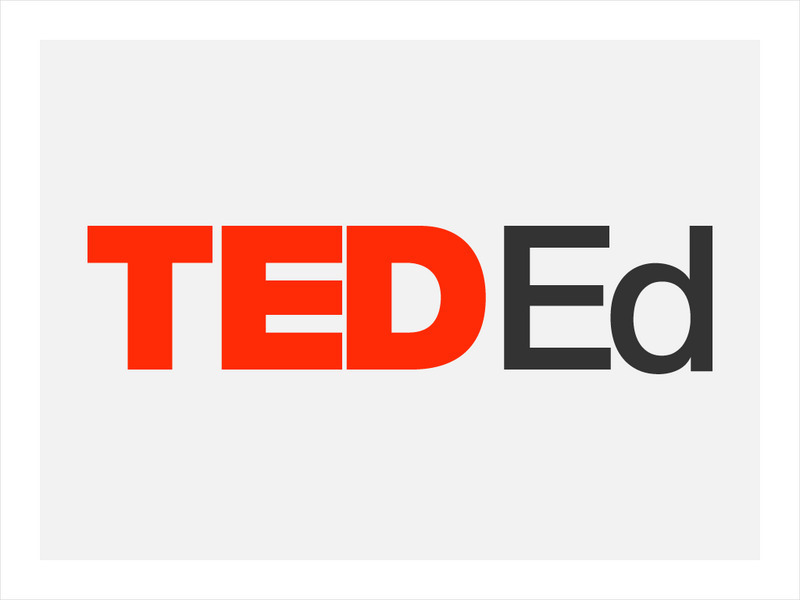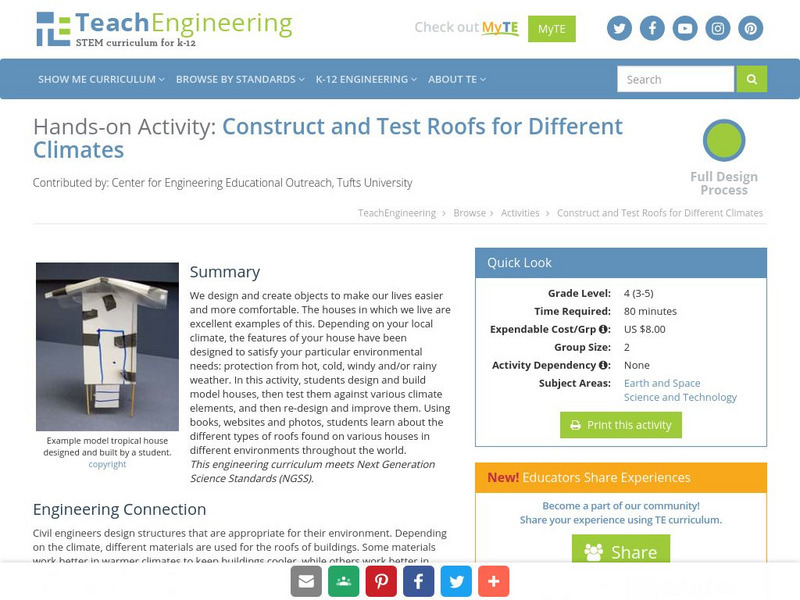Science and Mathematics Initiative for Learning Enhancement (SMILE)
Smile: Solubility of Gases in Liquids
Lab activity where students determine the relationship of pressure and temperature on gas solubility.
University of Colorado
University of Colorado: Ph Et Interactive Simulations: Sugar and Salt Solutions
What happens when sugar and salt are added to water? Pour in sugar, shake in salt, and evaporate water to see the effects on concentration and conductivity. Zoom in to see how different sugar and salt compounds dissolve. Zoom in again to...
Science Education Resource Center at Carleton College
Serc: Kool Aid Chemistry
An investigation where students learn about dilutions by studying different dilutions of kool-aid with their five senses.
Science Education Resource Center at Carleton College
Serc: Does Salt & Vinegar Have an Effect on Pennies?
During this lab students will experiment to see whether a salt and vinegar solution can clean a tarnished penny. Included on site is lesson plan and student worksheet.
Simon Fraser University
Chem1 Virtual Textbook: Solutions [Pdf]
With an overview of seven topics related to solutions, this .pdf file provides information on everything from osmosis and osmotic pressure to ions in aqueous solution. Other topics include solutions of volatile substances, methods of...
Daily Teaching Tools
Daily Teaching Tools: Classroom Behavior Management: Forms
This Daily Teaching Tools resource provides forms that will help students reflect on their actions. Students will learn the write in response to their actions. Forms are provided to help students reflect on their actions and develop...
CK-12 Foundation
Ck 12: Colloids and Suspensions
[Free Registration/Login may be required to access all resource tools.] In the following online tutorial students will describe the properties of a suspension and a colloid and distinguish from a solution or a suspension.
CK-12 Foundation
Ck 12: Colligative Properties and Molality
[Free Registration/Login may be required to access all resource tools.] Students distinguish between types of solutions such as electrolytes and nonelectrolytes and unsaturated, saturated, and supersaturated solutions.
CK-12 Foundation
Ck 12: Acid and Base Strength
[Free Registration/Login may be required to access all resource tools.] Help distinguish between degrees of dissociation for strong and weak acids and bases, and then define pH and use the hydrogen or hydroxide ion concentrations to...
University of Colorado
University of Colorado: Ph Et Interactive Simulations: Beer's Law Lab
"The thicker the glass, the darker the brew, the less the light that passes through." Make colorful concentrated and dilute solutions and explore how much light they absorb and transmit using a virtual spectrophotometer!
University of Colorado
University of Colorado: Ph Et Interactive Simulations: Concentration
Watch your solution change color as you mix chemicals with water. Then check molarity with the concentration meter. What are all the ways you can change the concentration of your solution? Switch solutes to compare different chemicals...
Georgia Department of Education
Ga Virtual Learning: Analysis of Organic Materials Analysis of Organic Materialsv
This comprehensive interactive tutorial continues to explore the forensic science field. Learn how organic materials of evidence are analyzed and what the various types of chromatography are, especially why they are so important to this...
Khan Academy
Khan Academy: Molarity
Learn the definitions of a solution, solute, and solvent. Understand how molarity is used to quantify the concentration of solute, and comcalculations related to molarity.
TeachEngineering
Teach Engineering: Determining Concentration
Students quantify the percent of light reflected from solutions containing varying concentrations of red dye using LEGO MINDSTORMS NXT bricks and light sensors. They begin by analyzing a set of standard solutions with known...
TeachEngineering
Teach Engineering: Chromatography Lab
To increase students' awareness of possible invisible pollutants in drinking water sources, students perform an exciting lab requiring them to think about how solutions and mixtures exist even in unsuspecting places such as ink. They use...
Utah Education Network
Uen: Conflict Resolution
This lesson engages students in learning about conflict resolution. Students will take notes on steps and procedures to help solve differences and will practice using these skills in a classroom activity.
Chem4kids
Chem4 Kids: Matter
"Matter is everything." So begins this comprehensive website on the physical and chemical properties of matter in its four main states: solids, liquids, gases, and plasmas. The text is large and easy-to-read. Students will enjoy the...
Oswego City School District
Regents Exam Prep Center: Solving Quadratic Equations With Complex Roots
These examples use the quadratic formula to solve quadratic equations. Learn what to do when the solution includes a complex number. Use the practice page and teacher resource page to enhance the lesson.
Math Medics
S.o.s. Math: Quadratic Equations
Defines root of a quadratic equation. Portrays graphically what quadratic roots look like. Tutorial includes two basic examples where roots are discovered, and links to pertinent topics elsewhere on the site and a math forum organized by...
University of Colorado
University of Colorado: Negotiation
Contains information regarding the various types of negotiation and negotiating processes, including links for more in-depth information for certain types.
TeachEngineering
Teach Engineering: Mixtures and Solutions
This unit covers introductory concepts of mixtures and solutions. Students think about how mixtures and solutions, and atoms and molecules can influence new technologies developed by engineers. The first lesson explores the fundamentals...
Frostburg State University
Frostburg State University: General Chemistry Online
Resource provides information about calculating molality.
TED Talks
Ted: Ted Ed: Science of Macaroni Salad: What's in a Mixture?
What's in macaroni salad? Break down the pasta, mayonnaise, vinegar, mustard, vegetables, etc., and you're left with a bunch of molecules. Josh Kurz uses a delicious recipe to exemplify three types of mixtures (solution, colloid and...
TeachEngineering
Teach Engineering: Construct and Test Roofs for Different Climates
We design and create objects to make our lives easier and more comfortable. The houses in which we live are an excellent example of this. Depending on your local climate, the features of your house will be different to satisfy your...




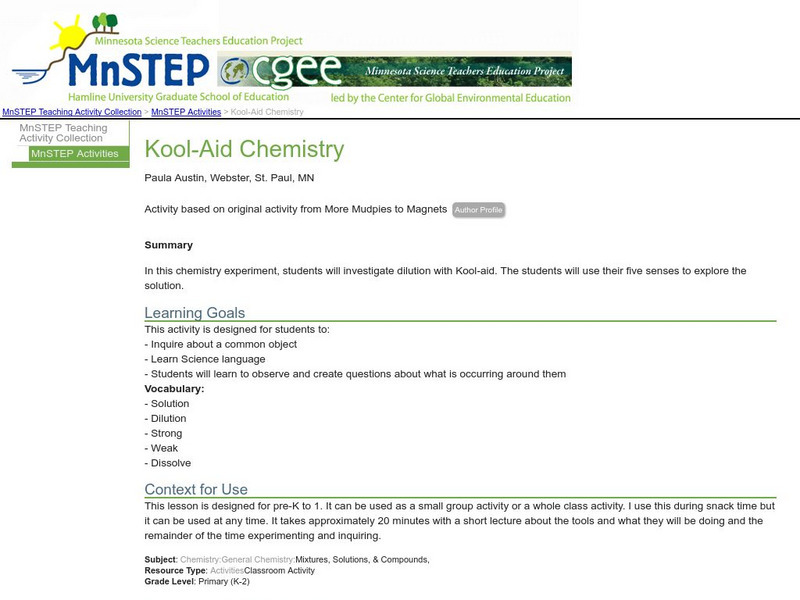

![Chem1 Virtual Textbook: Solutions [Pdf] eBook Chem1 Virtual Textbook: Solutions [Pdf] eBook](https://d15y2dacu3jp90.cloudfront.net/images/attachment_defaults/resource/large/FPO-knovation.png)

